10 Places in the World You Don't Want to Visit
Snake Island lies off the coast of Sao Paulo, Brazil, and is notorious for its high population of snakes, particularly the lethal Golden Lancehead Viper.
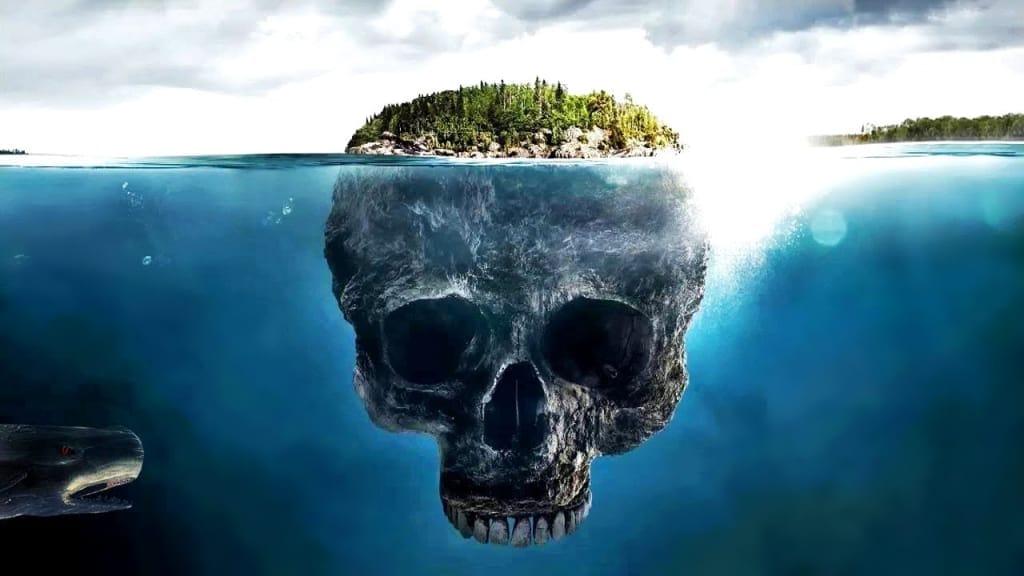
Among beautiful landscapes, there are also places filled with danger. Some countries are torn by war, some face natural disasters, and some have mysterious and risky terrains. Even though some spots might seem tempting, they're best avoided because danger is everywhere. In this blog, we'll explore 10 of the most dangerous places in the world, helping you understand where to avoid if you want a safe and beautiful trip. Whether you're brave or just curious, come along as we uncover the dangers and mysteries of these hazardous destinations.
1. Snake Island
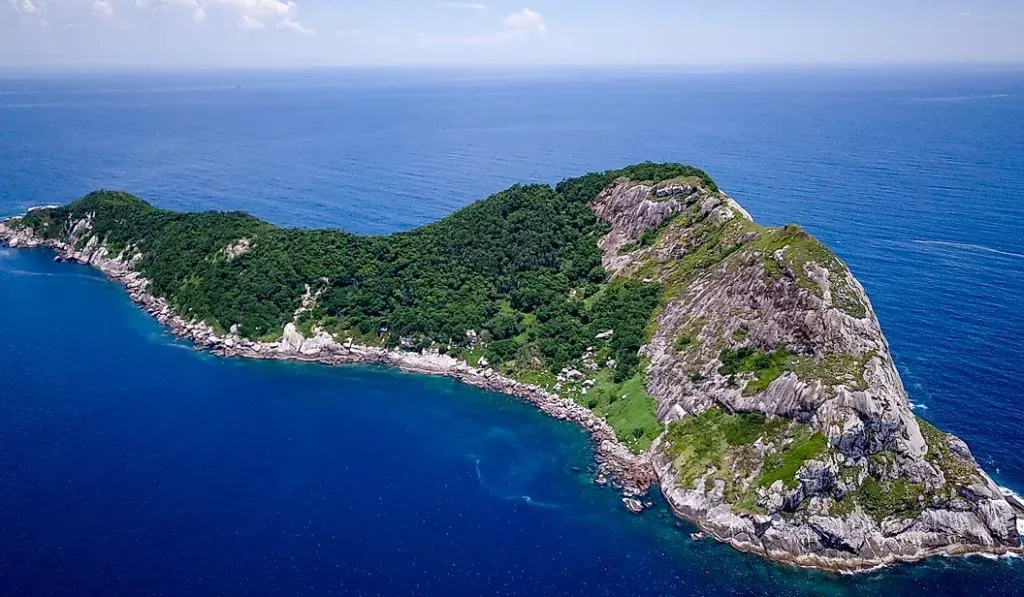
Snake Island, also known as 'Ilha de Queimada Grande', lies off the coast of Sao Paulo, Brazil, and is notorious for its high population of snakes, particularly the lethal Golden Lancehead Viper. This venomous snake's bite can cause severe damage, even melting human flesh. Due to the extreme danger posed by these snakes, the Brazilian government has prohibited access to the island. Local stories tell of fishermen who met a grim fate after straying too close to its shores. Ilha da Queimada Grande has earned a fearsome reputation as one of the most perilous places on Earth, its mysterious allure tempered by the lethal presence of these deadly serpents.
2. Danakil Desert

The Danakil Desert, spanning across northeastern Ethiopia, southern Eritrea, and northwestern Djibouti, is renowned for its extreme conditions, including scorching temperatures exceeding 50°C (122°F) and volcanic activity emitting toxic gases. This inhospitable landscape poses significant risks to visitors due to the unbearable heat and the potential exposure to harmful gases. Additionally, the region's history of conflicts in Eritrea raises further safety concerns, increasing the risk of abduction. With its combination of natural and human-made hazards, the Danakil Desert stands out as one of the most dangerous places globally, making it a challenging destination for adventurers and travelers alike.
3. Oymyakon
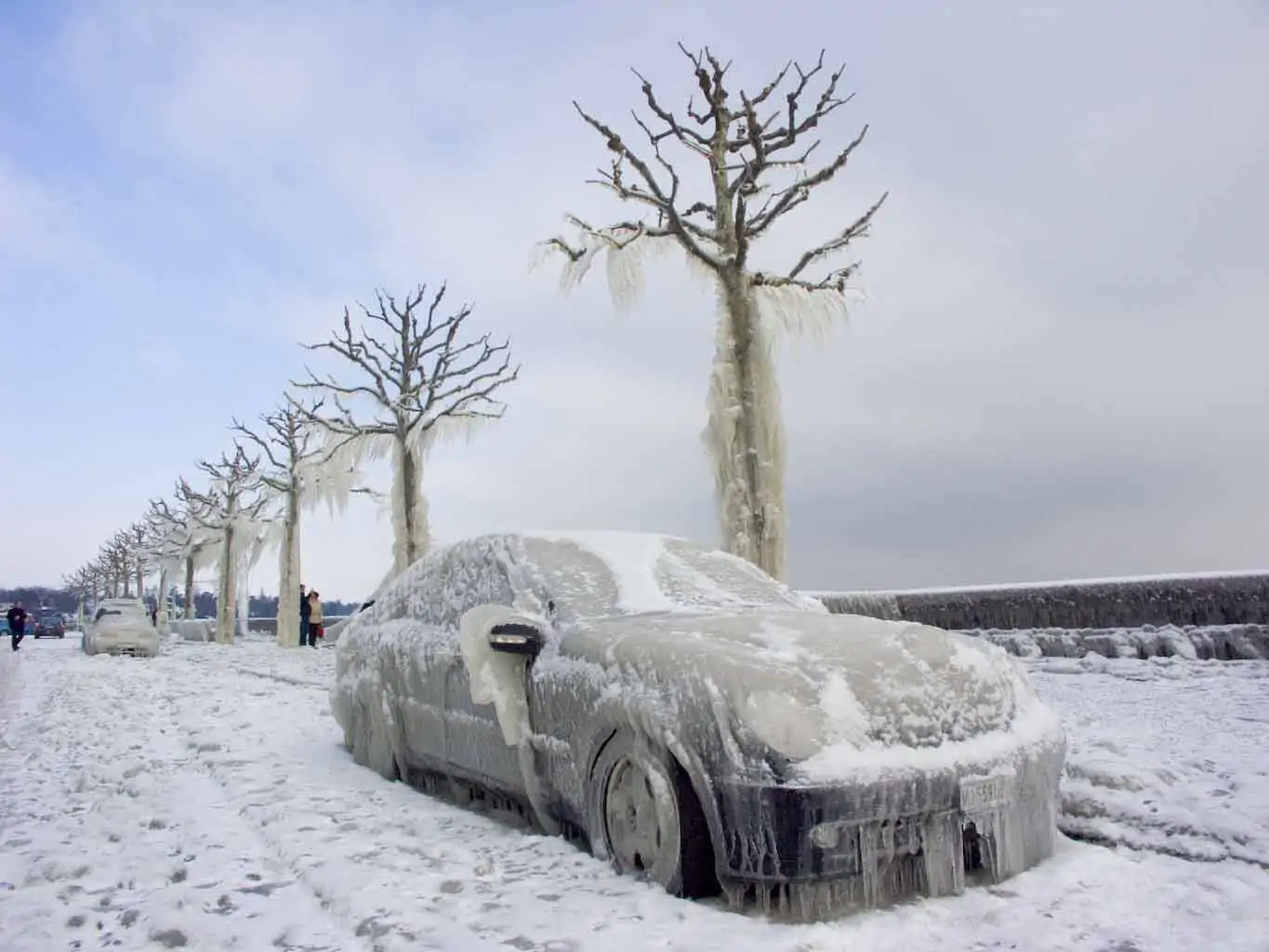
Oymyakon, nestled deep in Siberia thousands of miles east of Moscow, holds the title of one of the coldest inhabited places on Earth. With bone-chilling temperatures plunging to as low as -71.2°C (-96.2°F), life here is a constant struggle for the roughly 500 residents. Surviving in such extreme conditions is no easy feat, with mobile phones rendered useless and little to no vegetation able to grow. The severe cold makes it nearly impossible for visitors to endure, let alone thrive in this unforgiving environment. Oymyakon's harsh climate and scarcity of food make it one of the most perilous places to inhabit or visit, offering a stark reminder of the challenges posed by nature's extremes.
4. Skeleton Coast
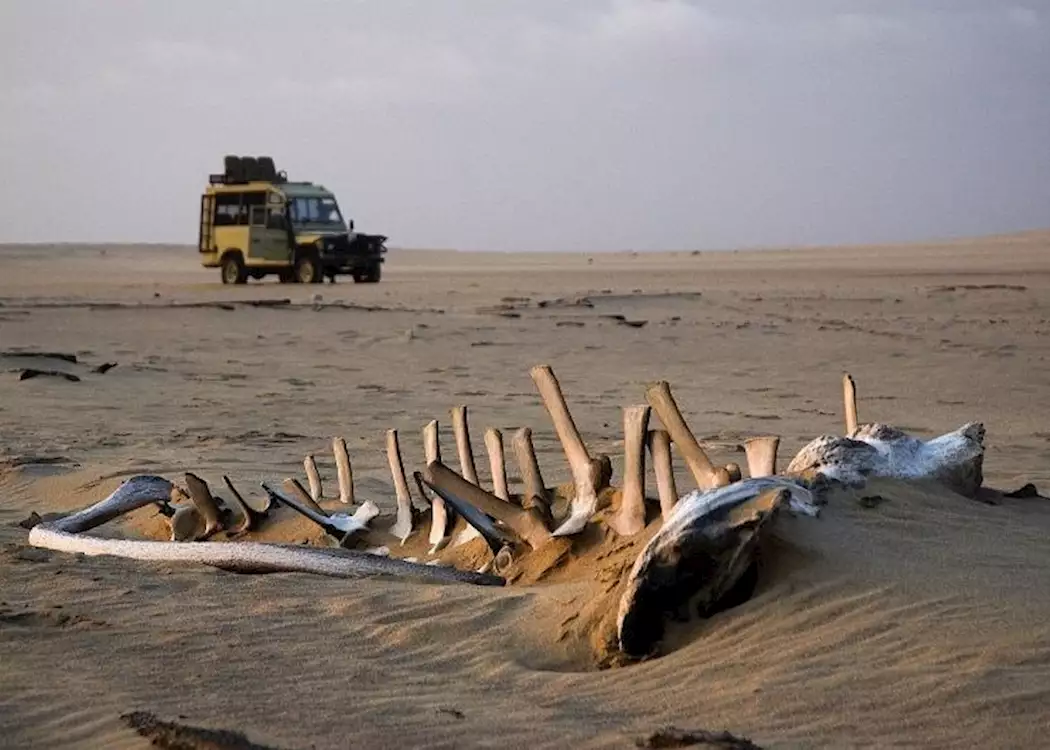
The Skeleton Coast, situated along Namibia's Atlantic Coast, earns its chilling name from the scattered remains of whales, seals, and unfortunate shipwreck victims. This desolate stretch of land, extending from Angola to Namibia, is infamous for its unforgiving climate and scarcity of resources, making survival nearly impossible. With scorching temperatures, hot winds, and little to no food or water available, venturing into this barren landscape poses significant risks to travelers. The eerie sight of animal bones littering the coastline adds to the region's foreboding atmosphere. Beyond the natural dangers, threats from human violence, including gang activity and robbery, further deter exploration. The Skeleton Coast stands as one of the most treacherous places on Earth, offering a stark reminder of nature's harsh realities and human perils.
5. Lake Natron
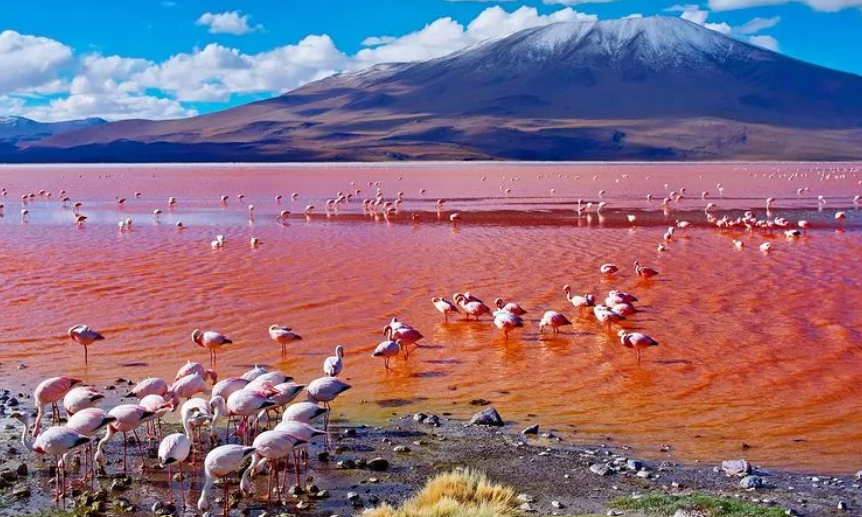
Lake Natron, nestled at the foot of a mountain in Tanzania's Gregory Rift, is notorious for its deadly waters, earning it a spot among the world's most dangerous bodies of water. The lake's temperatures can soar to a scorching 60°C (140°F), while its pH levels range from 9 to 10.5, making it excessively salty and corrosive. These harsh conditions can calcify dead bodies, burn the skin of animals and humans, and even strip ink off printed materials. Despite the ring of salt marshes lining its edges, Lake Natron is far from hospitable. Its high levels of Natron, a type of salt, render its waters akin to a lake of fire, posing grave dangers to those who dare to venture near. Remarkably, despite its inhospitable nature, Lake Natron is home to 2.5 million Lesser Flamingos, who have adapted to its extreme environment, turning its waters into striking hues of pink and red. Despite its beauty, Lake Natron remains one of the planet's most perilous places, underscoring the need for its protection in the face of climate challenges.
6. North Sentinel Island
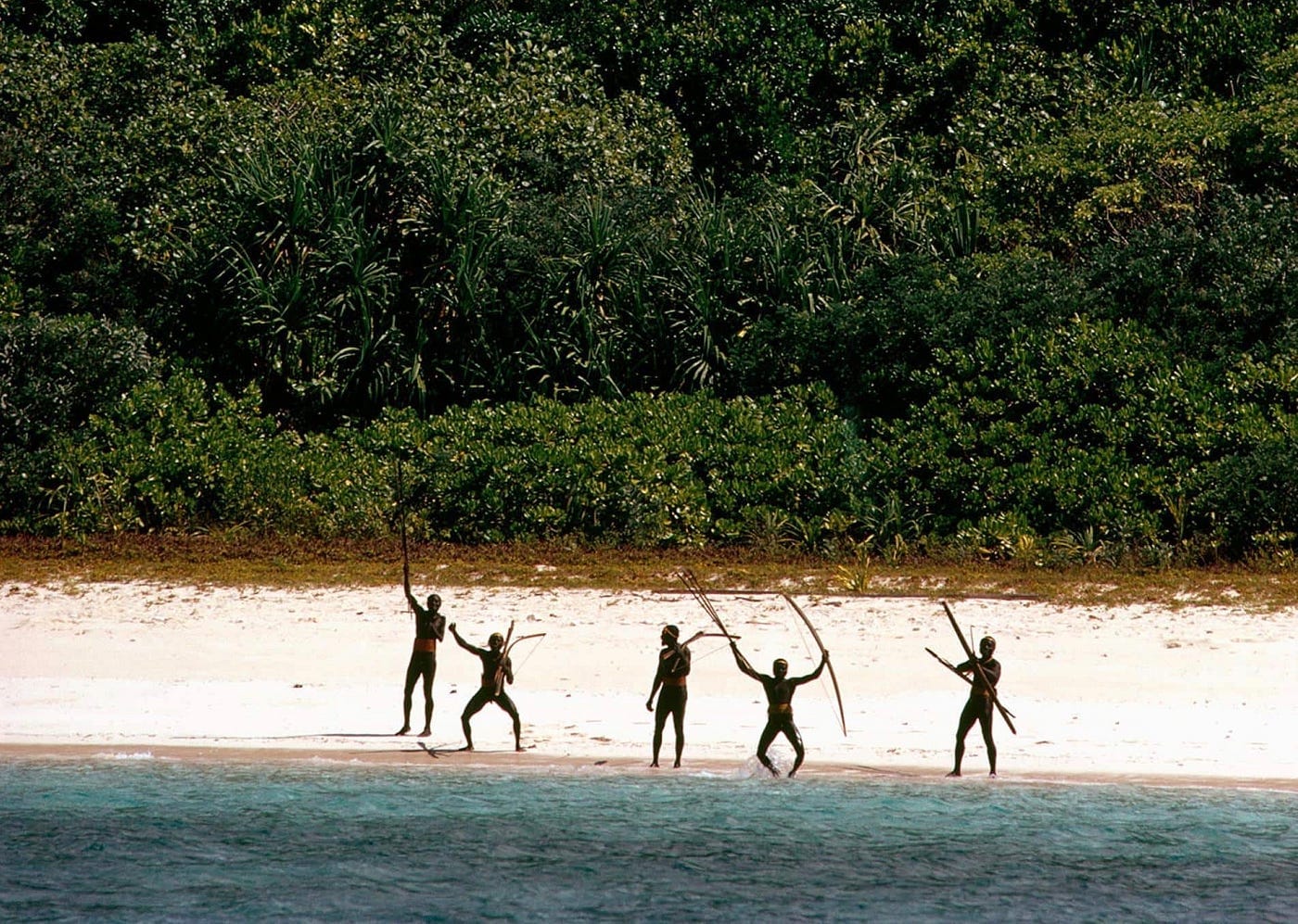
North Sentinel Island, nestled in the Andaman Islands and politically belonging to India, boasts stunning natural beauty but is deemed one of the most dangerous places on Earth. Its inhabitants, known for their hostility towards outsiders, fiercely guard their isolation, rejecting any contact with the outside world. Tourists who venture near risk encountering violent reactions from the indigenous people, who perceive outsiders as threats. Due to their lack of immunity to common diseases, tourists pose a significant risk of spreading illness to the tribe. Despite its allure, North Sentinel Island remains off-limits to visitors, serving as a reminder of the importance of respecting the autonomy and safety of indigenous communities.
7. Death Valley
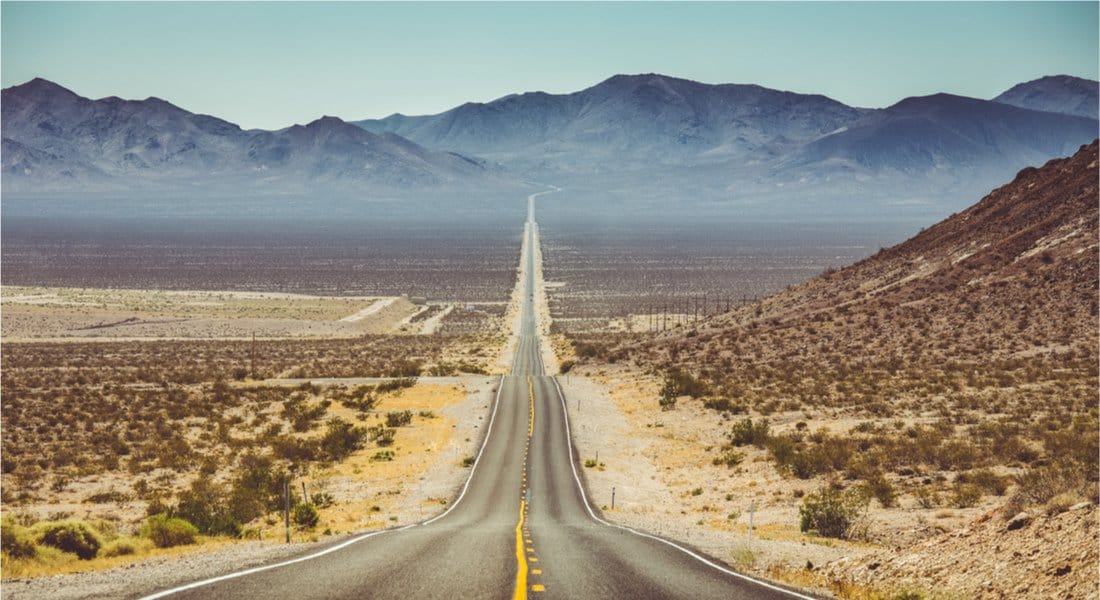
Death Valley, situated on the border of Nevada and California, earns its ominous name due to its extreme temperatures and harsh weather conditions. In the summer, the valley swelters under uncomfortably hot temperatures, soaring up to 56.7°C (134°F), while winters bring dangerously low temperatures, posing threats to both humans and animals. Sudden storms in the surrounding mountains can lead to flooding, adding to the valley's dangers. Known as one of the hottest places globally, Death Valley saw its hottest month on record in July 2018, with an average temperature of 108.1°F and daily highs reaching a staggering 127°F for four consecutive days. The valley's forbidding reputation traces back to a group of settlers stranded here in the winter of 1849-1850, who thought they would meet their end in this desolate landscape. Though only one person died, the valley's unforgiving nature earned it the title of one of the most dangerous places on Earth.
8. Death Road
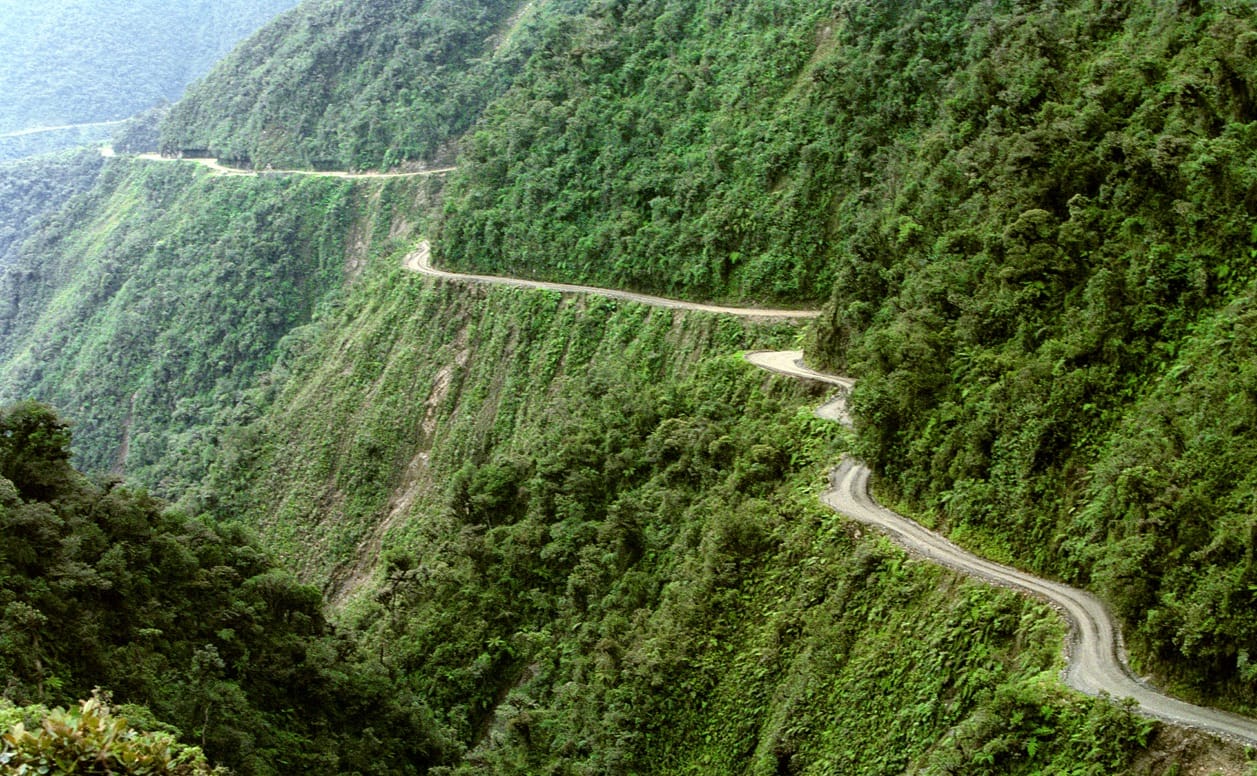
The Death Road, officially named North Yungas Road, lives up to its ominous nickname due to its treacherous conditions. Stretching 43 miles through mountainous terrain, this winding switchback connects the Amazon rainforest to the capital city. Fog, landslides, waterfalls, and sheer cliffs dropping 2,000 feet in each turn make driving here extremely perilous. Prior to 1994, nearly 300 drivers lost their lives annually on this notorious route, earning it a spot among the world's most dangerous places. The road's narrow, hairpin turns often led to deadly accidents, especially for trucks and buses transporting goods and passengers, adding to its deadly reputation.
9. Syria

Syria, located in Western Asia, ranks among the most perilous places worldwide due to ongoing violent conflicts and chaos. The country has been ravaged by wars, leaving its inhabitants in constant fear of death and destruction. Bombardments of residential areas, sieges, chemical attacks, and deprivation of basic necessities like food and medical care have become common occurrences, resulting in immense suffering for the people. Despite its historical significance, Syria remains a hazardous place to live or visit, with the threat of violence ever-present.
10. Sahel
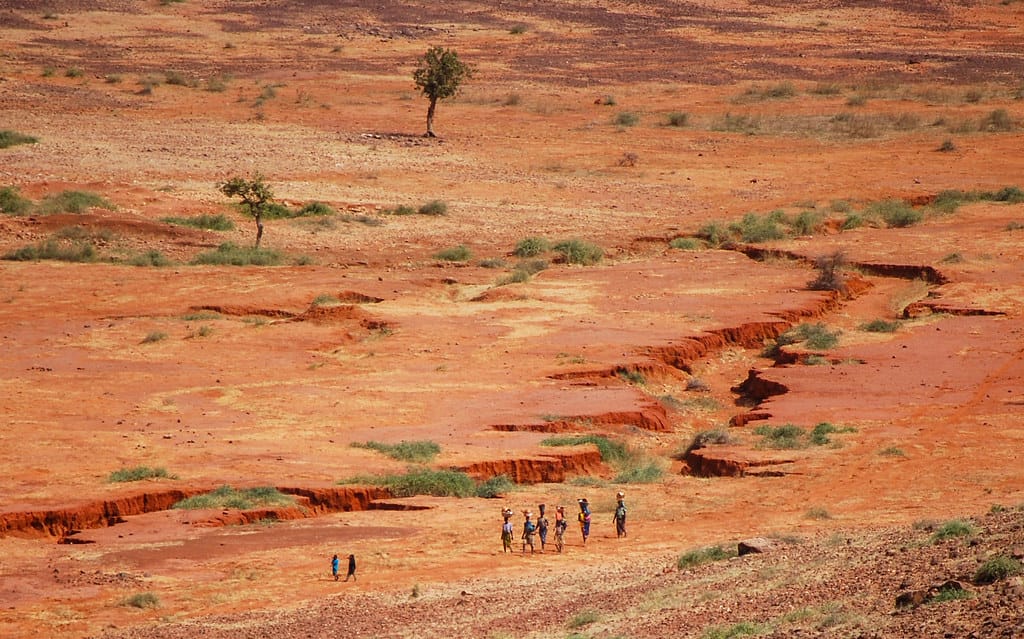
The Sahel region in North Africa, bordering the Sahara Desert, has transformed from a once-vibrant area to an inhospitable environment in recent decades. Human exploitation of limited water resources has led to widespread desertification, making the land increasingly uninhabitable. Droughts and famines have become frequent occurrences, posing significant risks to any form of life attempting to survive in this harsh landscape. Between 1972 and 1984, over one lakh people lost their lives due to drought in the Sahel, highlighting the devastating consequences of mismanagement and exploitation of natural resources. This serves as a poignant example of the long-term damage caused by short-sighted actions aimed at immediate gratification.





